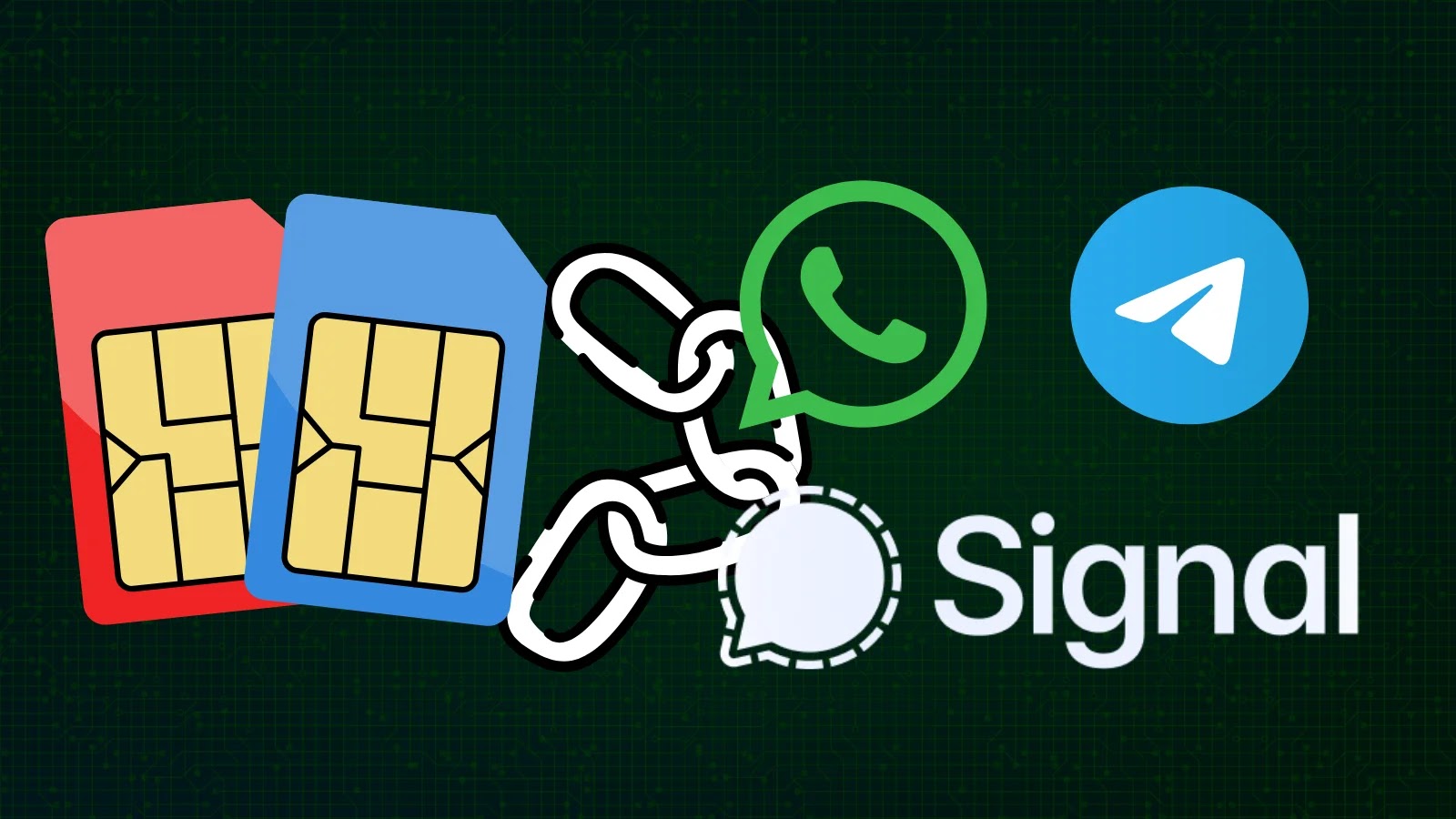A sophisticated cyber espionage campaign, dubbed Operation HollowQuill, has been identified targeting academic institutions and government agencies worldwide. This operation employs weaponized PDF documents to infiltrate networks and exfiltrate sensitive information.
Tactics and Techniques
The attackers utilize social engineering strategies, disguising malicious PDFs as research papers, grant applications, or official government communications. These documents are meticulously crafted to appear legitimate, enticing recipients to open them without suspicion. Upon opening, the PDFs initiate a multi-stage infection process that establishes persistence on the compromised system and facilitates the extraction of confidential data.
Technical Sophistication
Operation HollowQuill demonstrates advanced technical capabilities, including the exploitation of zero-day vulnerabilities in PDF rendering engines. These vulnerabilities allow the execution of malicious code without triggering traditional security alerts. The malware employs an unusual obfuscation technique by splitting its payload across multiple JavaScript objects within the PDF, reassembling only during runtime. This fragmented approach enables the malware to evade signature-based detection systems that analyze individual components rather than their combined functionality.
Targeted Approach
The campaign’s hallmark is its highly deceptive social engineering approach. Attackers first map organizational structures through open-source intelligence before crafting personalized PDF lures relevant to the targets’ specific research or policy interests. These targeted approaches have resulted in estimated infection rates exceeding 60% where deployed.
Infection Mechanism
HollowQuill’s initial infection vector leverages malicious JavaScript embedded within seemingly legitimate PDF documents. When opened, the document executes a concealed script that exploits a recently discovered vulnerability in common PDF readers. The infection chain begins when this script decodes an embedded binary object disguised as document metadata. This decoded payload injects shellcode into the PDF reader process, which then downloads and executes a second-stage loader from command-and-control servers typically masquerading as academic content delivery networks. This technique, coupled with SSL certificate impersonation of legitimate educational domains, creates a highly convincing façade that has successfully compromised numerous high-value targets since its discovery.
Recommendations
To mitigate the risks associated with Operation HollowQuill, organizations should implement the following measures:
– Regular Software Updates: Ensure that all software, especially PDF readers, are updated to the latest versions to patch known vulnerabilities.
– User Education: Conduct regular training sessions to educate staff about the dangers of opening unsolicited or unexpected PDF documents, even if they appear legitimate.
– Advanced Threat Detection: Deploy advanced threat detection systems capable of identifying and mitigating sophisticated malware that employs obfuscation techniques.
– Network Monitoring: Implement robust network monitoring to detect unusual activities that may indicate a breach, such as unexpected data exfiltration or communication with known malicious domains.
– Access Controls: Enforce strict access controls and the principle of least privilege to limit the potential impact of a compromised account or system.
By adopting these proactive measures, organizations can enhance their resilience against sophisticated cyber threats like Operation HollowQuill.



